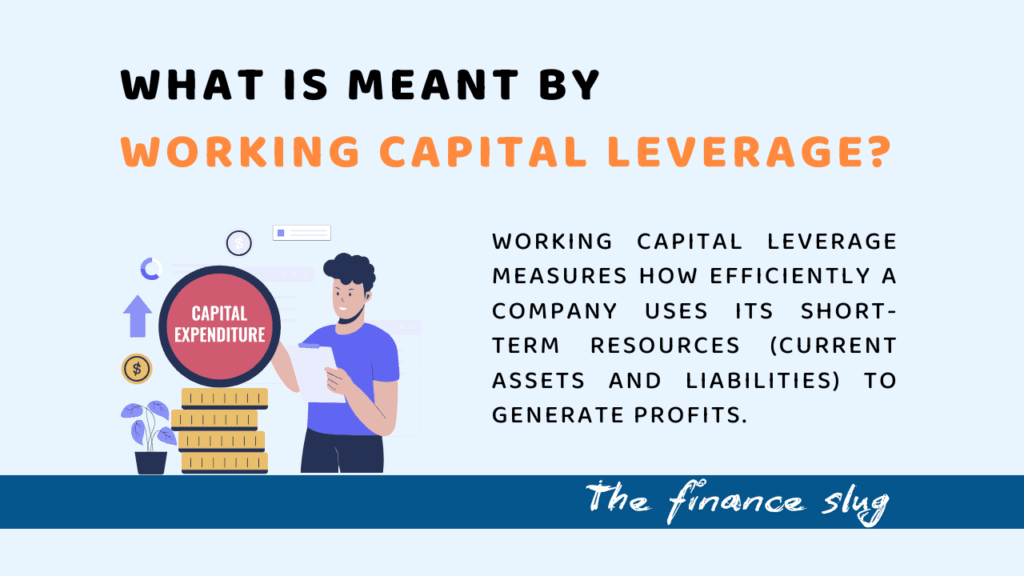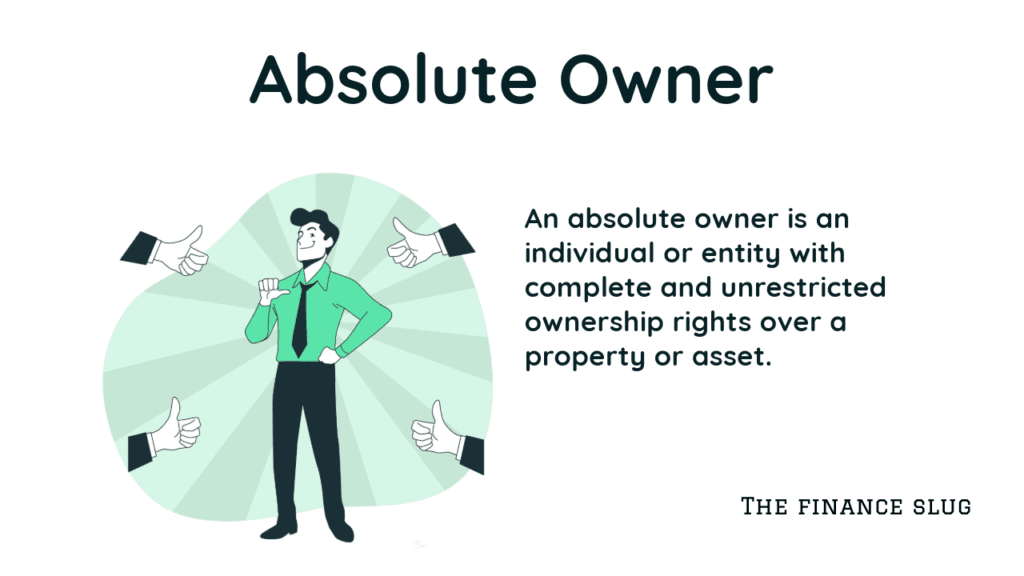
Running a business means juggling a lot of moving parts, especially when it comes to managing money. One important concept in business finance is Working Capital Leverage. It’s all about how efficiently a company can use its short-term resources—like cash, inventory, and accounts payable—to improve profitability.
In this blog, we’ll break down what working capital leverage is, why it’s important, and how it works in real-world scenarios, all in simple and easy-to-understand language.
What is Working Capital Leverage?
Let’s start with the basics. Working capital leverage measures how efficiently a company uses its short-term resources (current assets and liabilities) to generate profits.
Now, what’s working capital?
It’s the difference between a company’s current assets (things like cash, accounts receivable, and inventory) and current liabilities (like bills, short-term loans, and payments due to suppliers).
Here’s a quick example:
If a business has $100,000 in current assets and $60,000 in current liabilities, the working capital is:
Working Capital = $100,000 – $60,000 = $40,000.
The term “leverage” here means how much impact this $40,000 can have on the company’s profits. A well-managed working capital can make operations smoother, improve cash flow, and ultimately drive higher profits.
How Does Working Capital Leverage Work?
Think of working capital leverage as a tool that connects small, everyday financial decisions to the bigger picture—profits. Here’s how it works:
1. Efficiency is Key
When a company uses its resources efficiently, it can get more out of its money. For example:
- If a retail store sells its inventory faster, it frees up cash to buy more stock or pay bills.
- Efficient processes mean less cash is stuck in the system, and more is available to grow the business.
2. Cash Flow Matters
Good cash flow management is at the heart of working capital leverage. A business that collects payments from customers quickly and pays its suppliers strategically has more cash available for other uses.
3. Small Changes, Big Impact
Even small adjustments can make a big difference:
- If a company reduces the amount of money tied up in inventory, it cuts storage costs.
- By speeding up customer payments, it has more cash to reinvest in growth opportunities.
These changes help a company operate more effectively and improve its bottom line without taking on additional debt.
Why is Working Capital Leverage Important?
Working capital leverage isn’t just a fancy term—it’s a practical tool that can transform the way a business operates. Here’s why it matters:
1. It Keeps Operations Running Smoothly
Every business needs cash to function daily. From paying employees to buying supplies, working capital ensures operations don’t hit a snag. A company with strong working capital leverage can handle unexpected expenses without breaking a sweat.
2. It Boosts Profits
Efficiently managing working capital reduces costs and frees up resources for profitable activities. For example:
- A company that clears old stock quickly can use the money to bring in trendy, fast-selling products, increasing sales and profits.
3. It Builds Financial Strength
Positive working capital shows that a business is in good financial health. It means the company can pay its bills on time, which strengthens relationships with suppliers and creditors.
4. It Reduces Financial Risk
When businesses rely too much on loans or external funding, they face risks like high-interest payments. Efficient working capital management reduces this dependency by making better use of the company’s own resources.
Factors That Affect Working Capital Leverage
Several things influence how well a business can leverage its working capital. Here are the key factors:
1. Customer Credit Terms
Offering customers longer payment terms may boost sales but can slow down cash inflows. On the other hand, stricter credit terms might speed up payments but could discourage some buyers. Finding the right balance is essential.
2. Managing Inventory
Too much inventory ties up cash and increases storage costs. Too little inventory, however, can result in missed sales. Successful businesses track and manage inventory carefully to avoid these issues.
3. Supplier Payment Terms
Negotiating better payment terms with suppliers—like getting 60 days to pay instead of 30—gives the company more flexibility with its cash flow.
4. Economic Conditions
External factors, like inflation or a slowdown in the economy, can affect how businesses manage their working capital. For example, during inflation, companies may buy and store raw materials in advance to save on rising costs.
A Real-Life Example of Working Capital Leverage
Let’s consider a clothing retailer to see working capital leverage in action:
- Before Optimization:
The retailer holds $50,000 worth of stock that doesn’t sell quickly, tying up cash. Customers take 60 days to pay, while the retailer must pay suppliers within 30 days. The result? Cash flow problems. - After Optimization:
The retailer:- Cuts inventory to $30,000 by stocking only what sells faster.
- Offers customers a small discount for paying within 30 days, speeding up cash inflows.
- Negotiates with suppliers for 60-day payment terms, improving cash flow timing.
These small adjustments improve cash availability, reduce costs, and increase profits, all thanks to effective working capital leverage.
Final Thoughts
Working capital leverage is more than just a finance term—it’s a game-changer for businesses. It helps companies use their resources smartly to boost profits, maintain financial stability, and reduce risks.
When a business understands how to manage its short-term assets and liabilities effectively, it builds a solid foundation for growth and long-term success. So, whether you’re running a small startup or managing a large corporation, mastering working capital leverage can help you get the most out of your financial resources.

